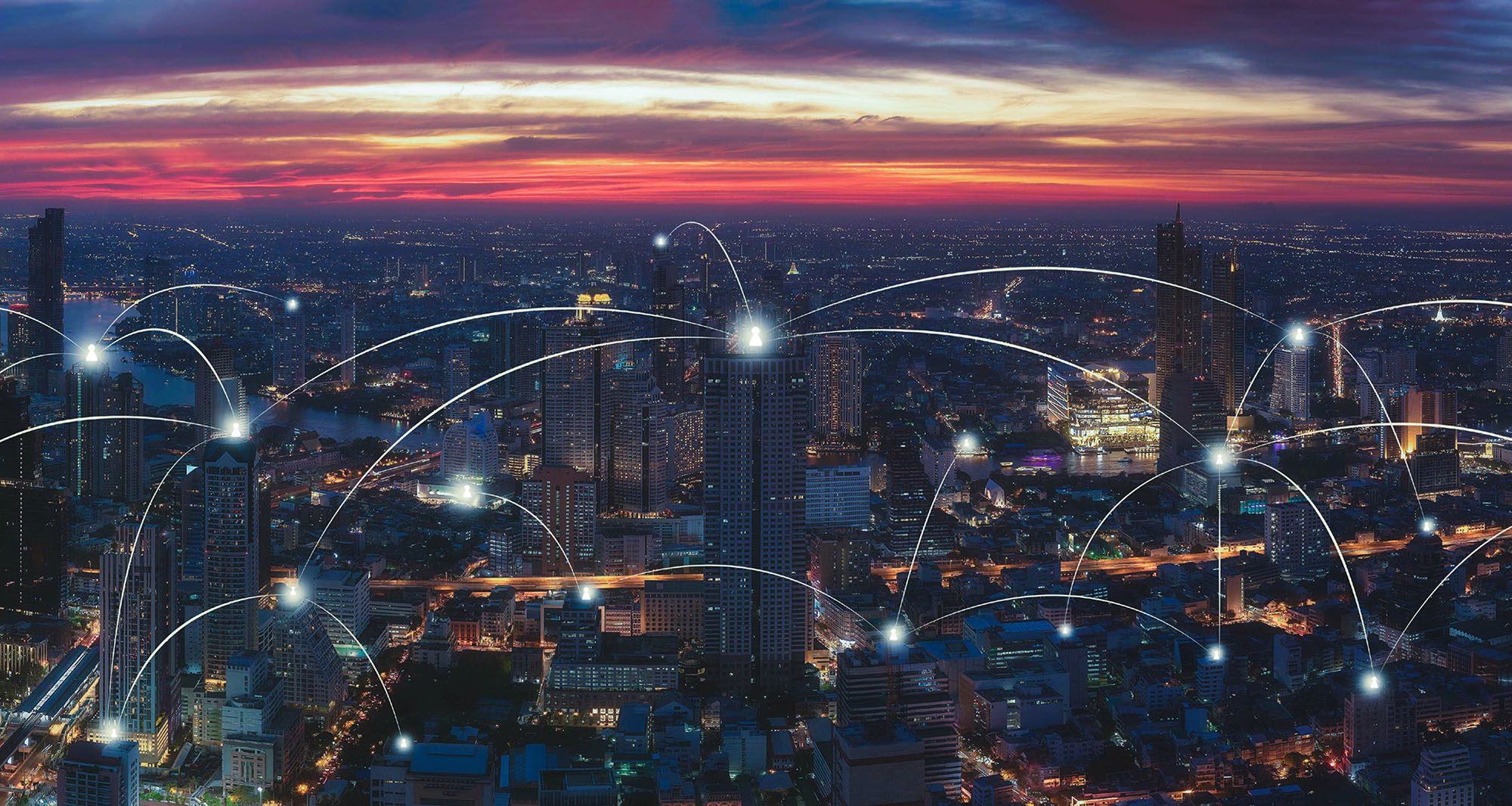What Executives Should Know About 5G Security
What Does 5G Security (Really) Mean?
5G introduces a complex convergence of high-speed wireless communication, increased device density, and a shift towards virtualized network functions—all of which demand a reimagined approach to security. 5G security means safeguarding the network’s core; protecting the radio access network (RAN); and securing the user equipment, applications, and services that operate on top of it. It involves a holistic strategy that addresses everything from the supply chain to the end user, incorporating advanced encryption, threat detection, and response capabilities.
How Did 5G Originate?
5G technology in mobile networks is the first generation to broaden the focus of cellular providers from consumer demand to enterprise and private usage, while also improving upon the foundations laid by previous generations. Its development was driven by the increasing demand for faster internet speeds referred to as enhanced mobile broadband (eMBB), lower latency referred to as ultra-reliable low-latency communications (URLLC), and the ability to connect a massive number of devices in the internet of things (IoT) era referred to as massive machine-type communications (mMTC). The architecture 5G was built upon to deliver these improvements diverges significantly from its predecessors by shifting towards a more distributed network architecture, with a higher reliance on software and cloud-based services, and a fair number of communications protocols to support it all. Much as the decentralization and adoption of paradigms like cloud and containers for data center technology required new security frameworks such as SASE and CNAPP, the shift of enterprises having their own private 5G networks necessitates securing those networks.
Why Is 5G Important in Cybersecurity?
The current and future proliferation of 5G technologies and the workflows they enable are massive, including critical industries such as energy grids (like remote control of machinery, robotic controls, and maintenance monitoring), transportation systems (like autonomous vehicles and drones and user interfaces), and healthcare services (like remote surgery, monitoring, and telehealth) as well as general enterprise and consumer uses (gaming, AR/VR, video streaming, and more). All of these services rely on the communications pathway remaining inviolate even in the face of the mMTC concept highlighting untold numbers of devices into the path, which requires security involvement. As the main tenets of 5G align exceptionally closely with the CIA triad’s Integrity and Availability tenets for cybersecurity, security should be a fundamental aspect of planning a 5G network.
What Is the Spin Around This 5G Security Buzzword?
The excitement around 5G often overshadows the nuanced security implications. Some narratives overly simplify the security challenges, suggesting that existing solutions are sufficient “just put a firewall in it” or that the enhancements to security inherent to 5G will handle it all. In contrast, many security vendors overstate the risks without acknowledging the innovative security enhancements that 5G can facilitate or providing appropriate solutions that properly operate inside 5G networking frameworks. 5G has innovative aspects that will help secure the D.A.A.S. flowing through it; however, these innovations should be coupled with additional risk reduction measures that are functional within the framework of 5G.
Our Advice: What Executives Should Consider When Adopting 5G Security
Implementing 5G security is a strategic initiative that requires thoughtful consideration and planning. If your organization is preparing to leverage 5G technology, executives must consider the following security aspects:
- Supply Chain Security: Given the global nature of 5G infrastructure, ensure that hardware and software components are from trusted sources to mitigate risks of malicious tampering or built-in vulnerabilities.
- End-to-End Encryption: Ensure that data is protected in transit by implementing stringent encryption protocols across the network.
- IoT Device Security: As IoT devices proliferate with 5G, enforce strong authentication and regular security updates to prevent them from becoming weak points.
- Network Slicing: Utilize 5G’s network slicing capability to segregate different types of traffic, thereby limiting the impact of a potential breach.
- Education and Training: Invest in educating your workforce about the specific security considerations of 5G and promote a culture of security awareness.
By proactively addressing these considerations, organizations can harness the power of 5G while mitigating its security risks. As 5G becomes more prevalent, it will be crucial for executives to remain vigilant and adaptable, ensuring their cybersecurity practices evolve in tandem with the technology.
Questions to Ask Your Team for a Successful 5G Security Adoption
- How will we assess the security and mitigate the risks found in our 5G hardware and software suppliers to prevent supply chain attacks?
- What measures are we taking to secure the data, devices, and services that will be utilizing/ transmitted across our 5G networks?
- How can we ensure that the devices we intend to have operating in our 5G deployment are secure and do not introduce vulnerabilities into our network?
- As we leverage the more decentralized and scaling aspects of 5G, what is our plan to maintain appropriate levels of risk that do not overly impact business agility?
- How will we stay ahead of the evolving threat landscape that comes with the adoption of 5G?



